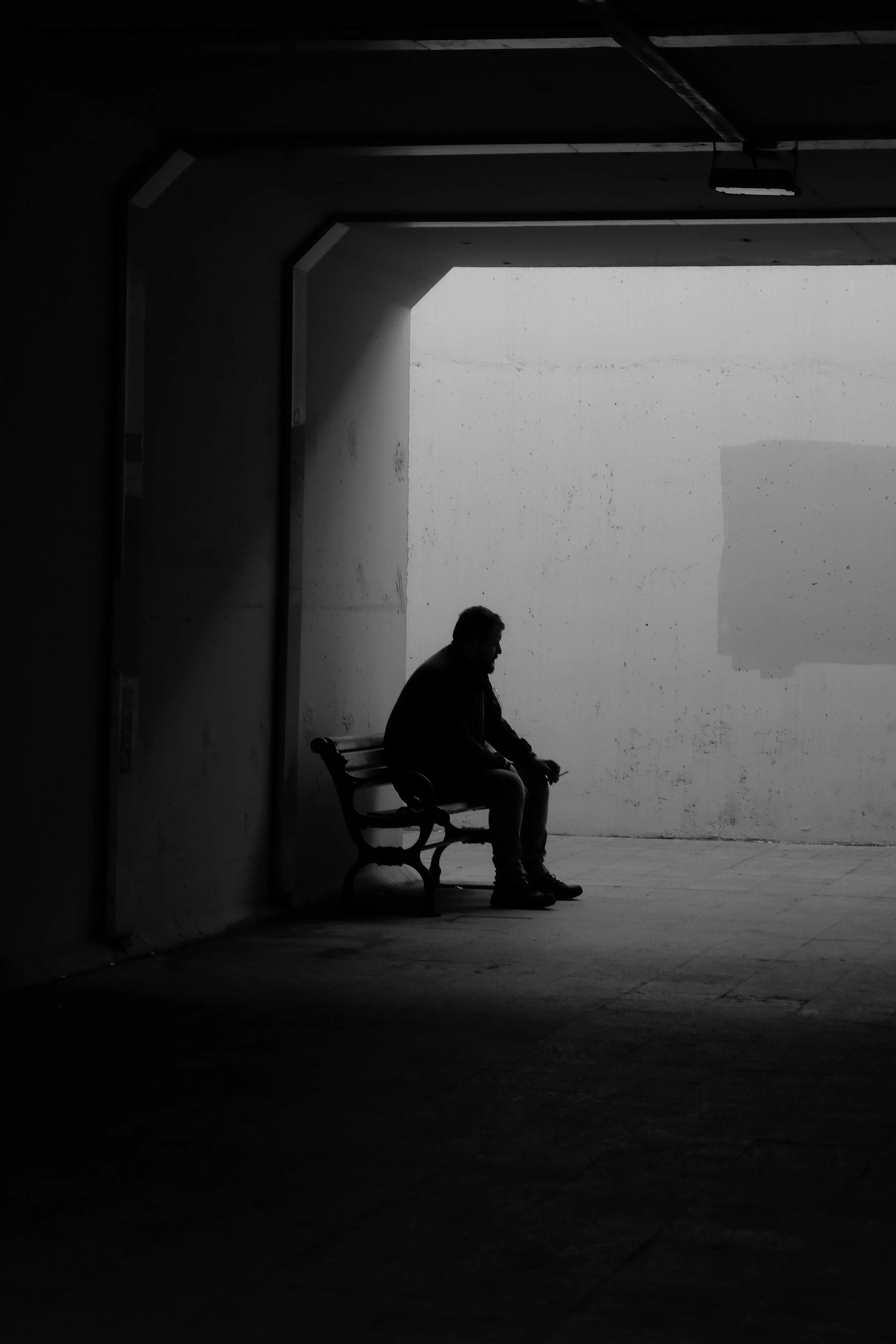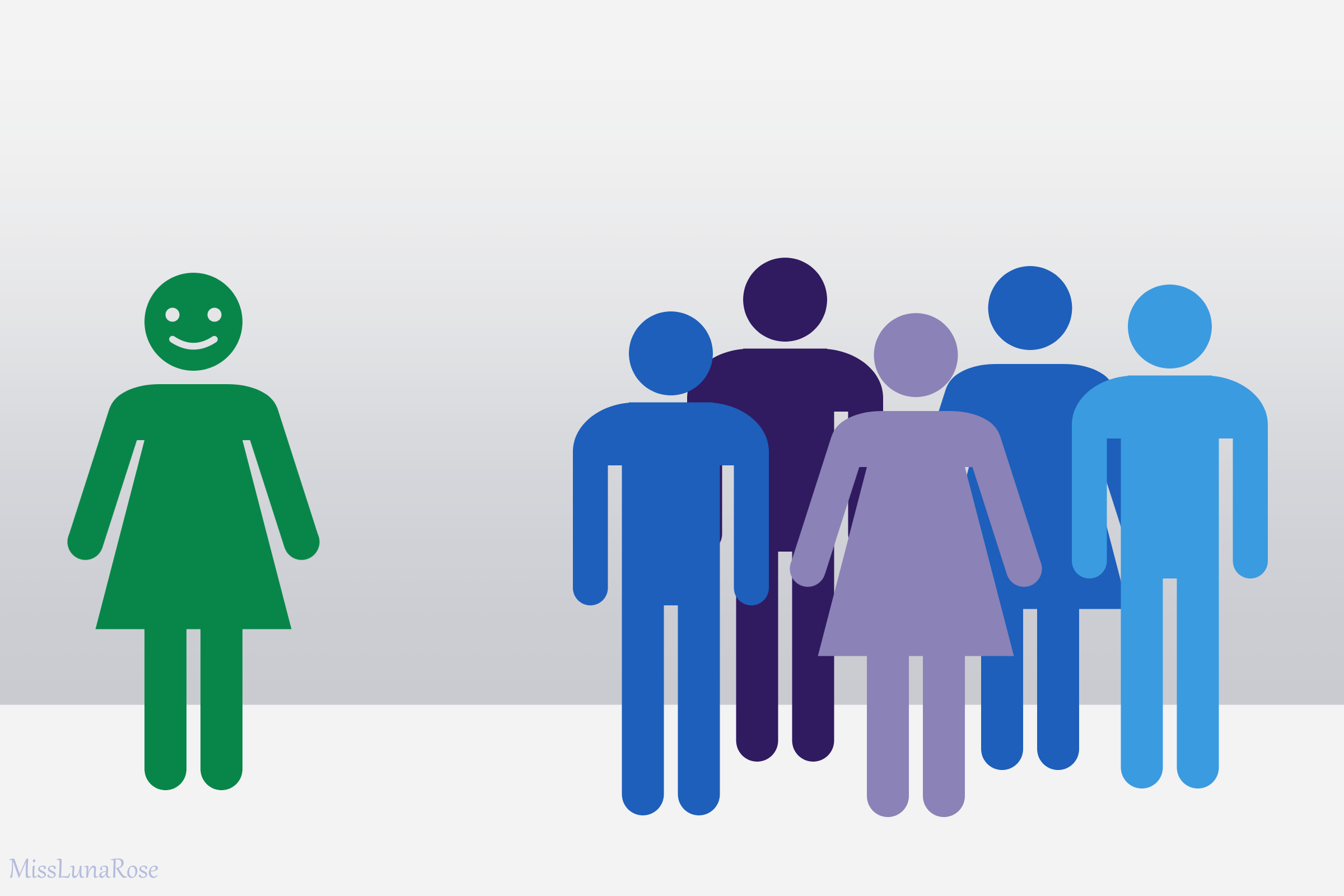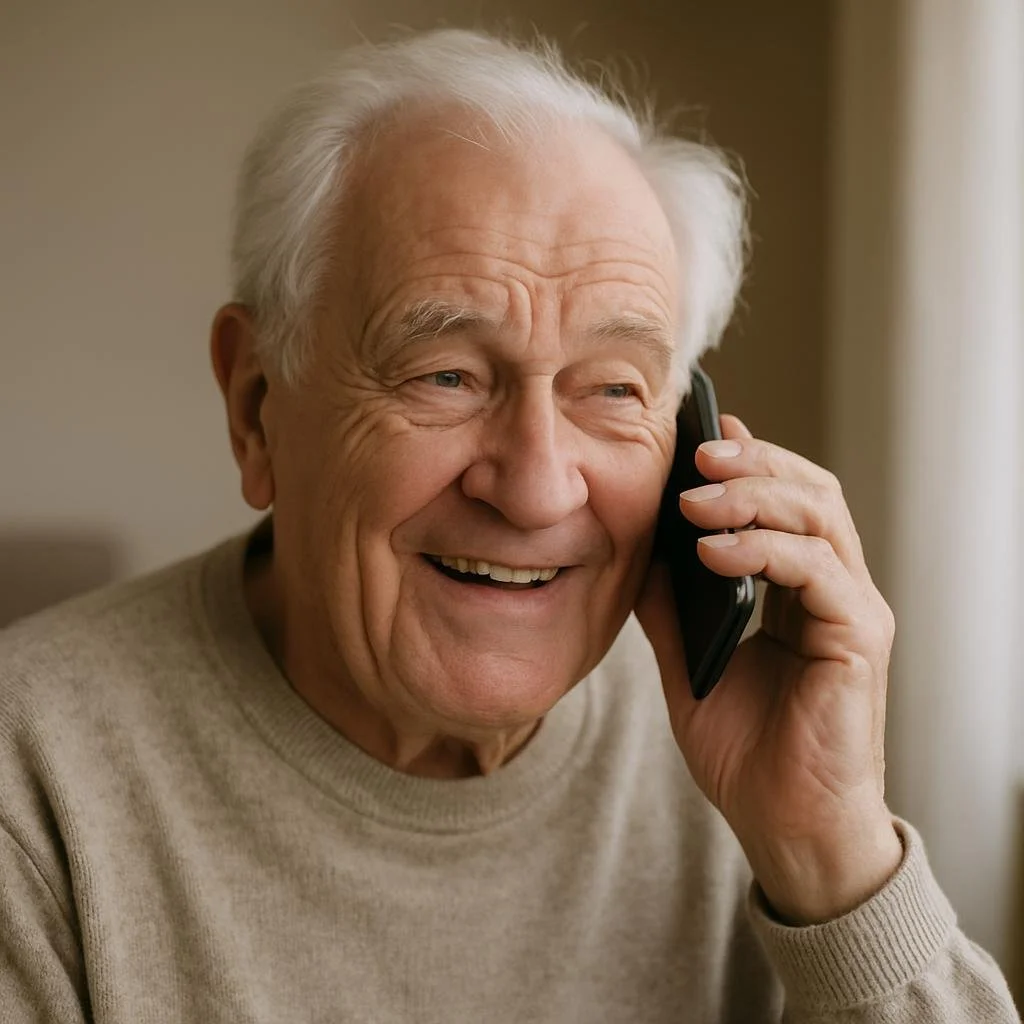
From Likes to Loneliness: Why Face-to-Face Matters More
We live in a world where staying connected is easier than ever—yet loneliness is more widespread than before. Social media gives us instant communication, while real-life interactions offer emotional depth. But which one truly helps us feel less lonely?

The Hidden Epidemic: Why Loneliness Is Harming Millions—and How Companionship Can Save Lives
In today’s hyper-connected world, it might seem like nobody is truly alone. Yet the truth is startling: millions of people are struggling with loneliness every day. From young adults navigating life’s transitions to older adults facing isolation, loneliness isn’t just an emotional burden—it’s a public health crisis.
The good news? Connection is powerful medicine.

The Hidden Toll of Loneliness: How It Affects Your Mind, Body, and Soul
Loneliness isn’t just feeling “alone”—it’s a serious issue that impacts every part of your life, from your thoughts and emotions to your physical health. While many of us brush it off as a passing mood, chronic loneliness quietly takes a heavy toll—and it’s more common than you might think.
In this post, we’ll dive into the emotional, mental, and physical effects of loneliness—and share practical ways to break free from its grip.

Being an Introvert ≠ Being Lonely: How to Thrive in Your Own Way
Loneliness is more linked to things like social anxiety and lack of emotional support than to introversion itself. In other words, being introverted doesn’t automatically put you at risk for loneliness—it’s about how you manage your connections.

Growing Older, Growing Lonely: Understanding Loneliness in Aging Adults
Loneliness is not merely the experience of being alone; it is a multifaceted and distressing state that significantly affects millions of older adults globally.
